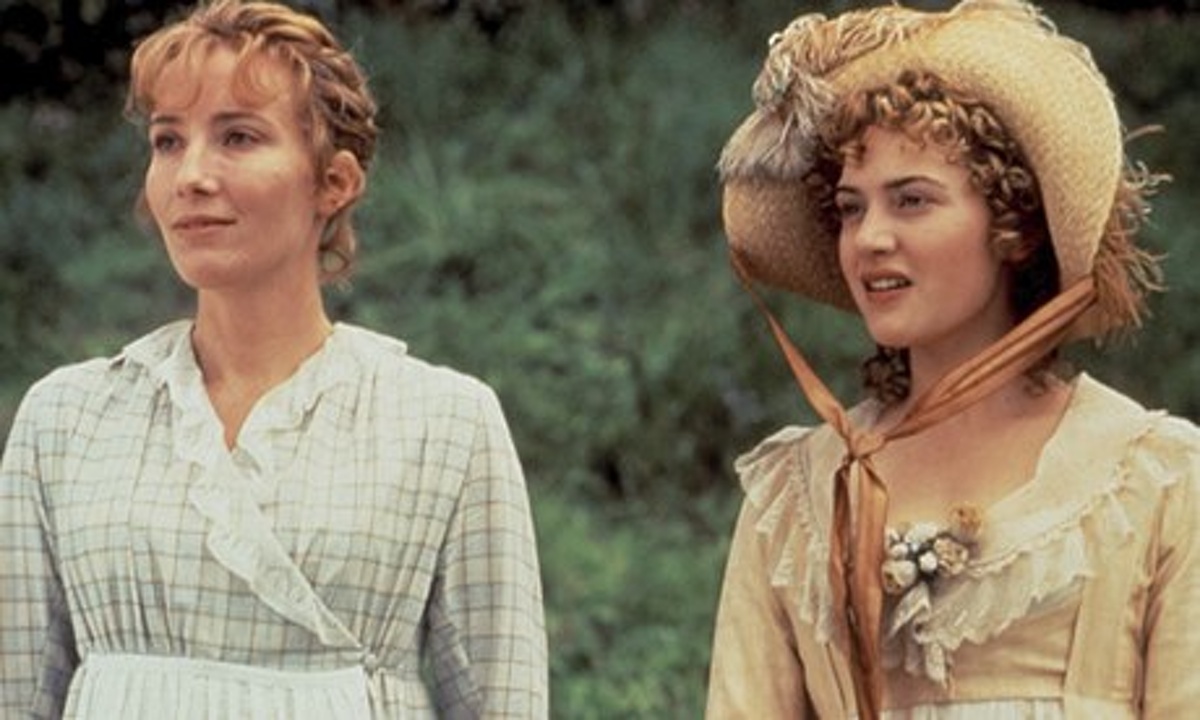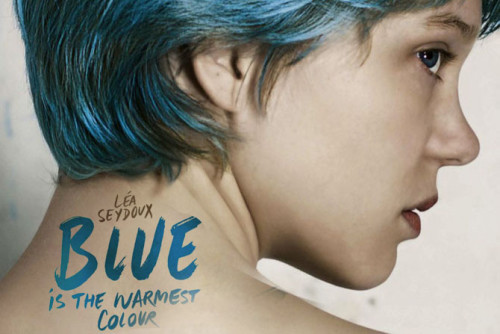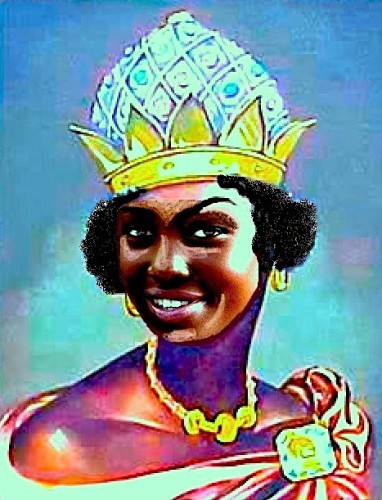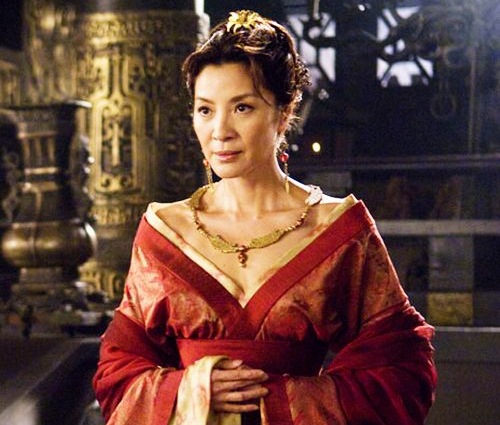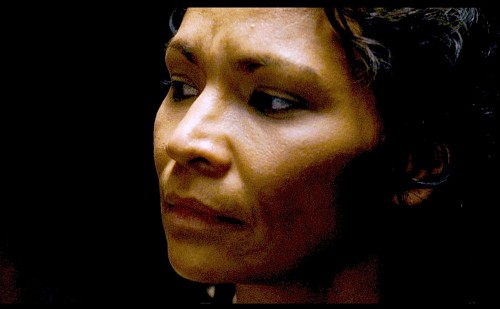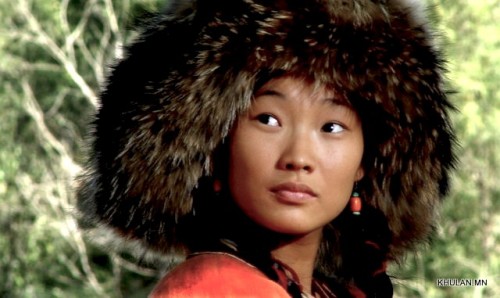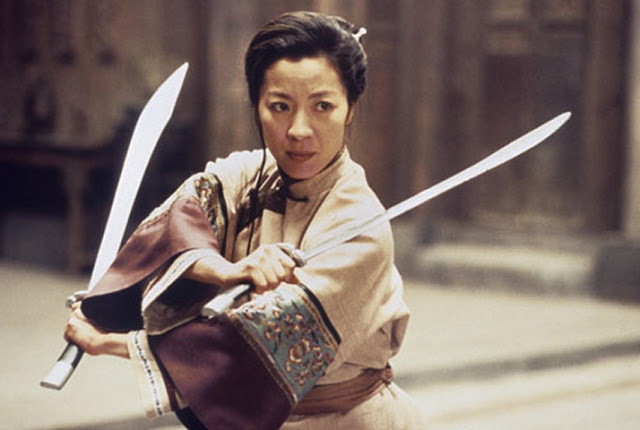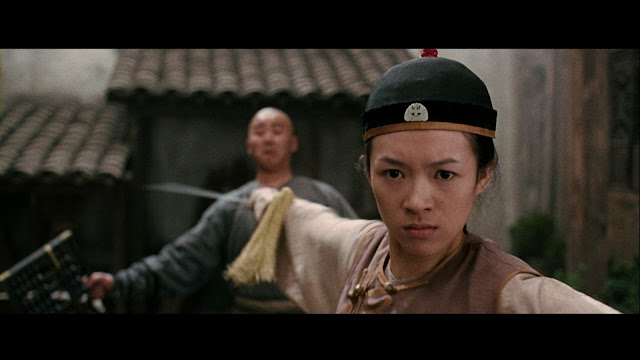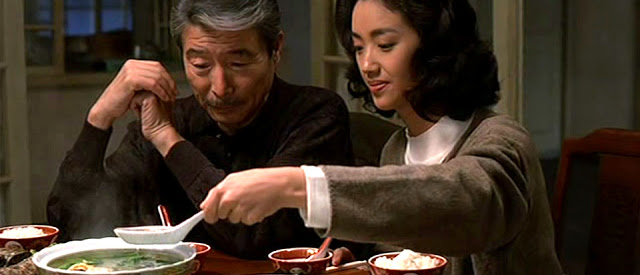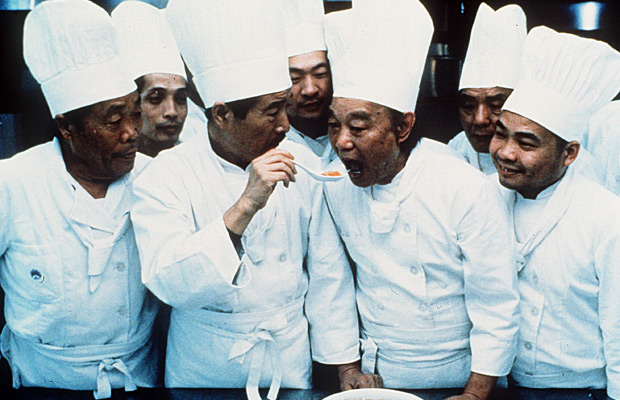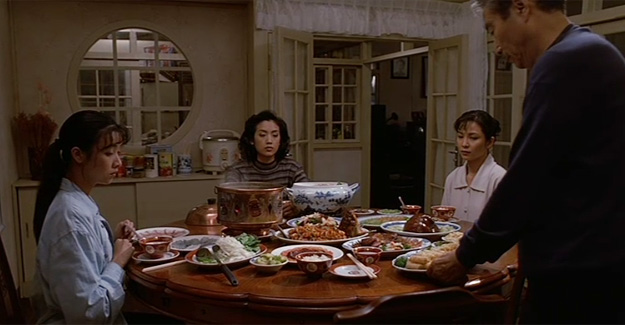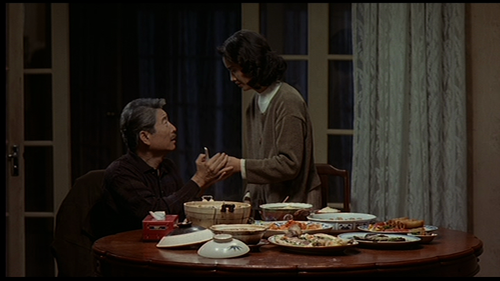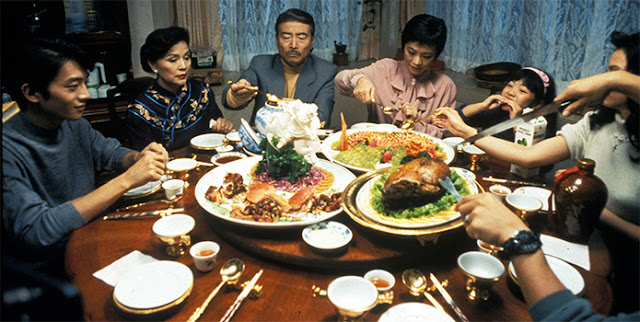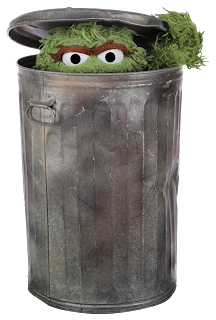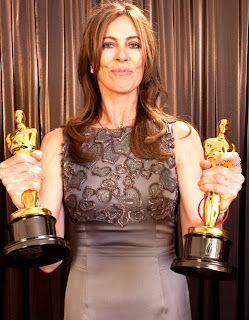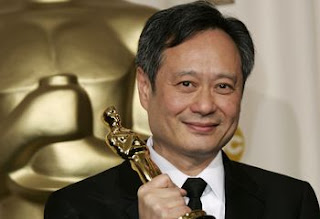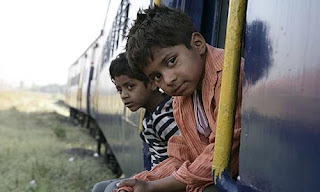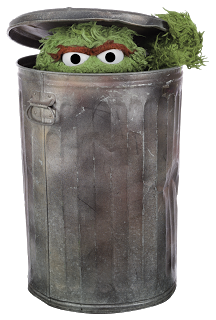This guest post written by Melissa-Kelly Franklin appears as part of our theme week on Sisterhood. | Spoilers ahead.
Much is made of the erotic undertones of recent adaptations of Jane Austen’s work, particularly the wildly popular BBC adaptation of Pride and Prejudice directed by Andrew Davies, and so it is easy for one of Austen’s most prevailing and insightful themes to be forgotten. Austen is deeply interested in the relationship between sisters and the almost mystical intimacy that stems from it. For Austen’s women characters, this sibling connection is vital in being able to cope with all the trials that family life, social circumstances, and a patriarchal world casts in their direction.
Amidst the clamor of swooning over Mr Darcy’s wet-shirt and Pride and Prejudice’s subsequent pop-cultural appropriations, the importance of the friendship between the eldest two Bennet sisters can sometimes be overshadowed. Indeed, the sensation around the “sexing up” of the BBC’s Pride and Prejudice somewhat sidelines the memory of another superb adaptation of the Austen canon, released in the same year: Sense and Sensibility. Emma Thompson’s Oscar-winning adaptation of Austen’s novel, beautifully directed by Ang Lee in his English-language debut, focuses on the relationship between sisters Elinor and Marianne, not only to highlight their divergent personalities and thus the “sense” and “sensibility” of the title, but how necessary the sisters are to each other’s survival.
The family of wealthy Dashwood women find their fortunes irrevocably altered on the death of their father, whose home and fortune legally passes to his eldest son from a previous marriage and his selfish, insensitive wife. The four women are left without a home and a mere £500 a year to live on (to put this into perspective, this translates to roughly £16, 980 in today’s currency — $22, 580 in U.S. dollars — according to the National Archives’ currency converter). By the end of the story, the two eldest sisters are happily married: Elinor (Emma Thompson) to a comfortably-off, kind-hearted gentleman turned vicar, and Marianne (Kate Winslet) to an exceptionally wealthy and honorable colonel.
Some may argue that this preoccupation with handsome, eligible men makes it “fluffy” or even unfeminist. On this point, I agree with Samantha Ellis, who recently discussed the application of the Bechdel Test and why it “doesn’t always work.” She believes it is a useful tool in holding us accountable to creating complex female characters, but it should not be the only way in which we measure gender equity in film — indeed this was never its intended purpose. Ellis asserts that “sometimes women’s conversations about men are feminist”; Sense and Sensibility certainly falls under this umbrella. In the film, women’s survival is inextricably bound to marriage, when legal traditions like primogeniture prevented them from inheriting financial independence, and social propriety prevented them from earning money professionally, as Elinor so eloquently expresses to Edward (Hugh Grant):
“You talk of feeling idle and useless; imagine how that is compounded when one has no hope and no choice of any occupation whatsoever… At least you will inherit your fortune, we cannot even earn ours.”
On first glance, it may well appear that the film follows the usual trappings of the romance genre, in which the young women eventually marry the men that they love, who fortuitously possess more than ample funds to elevate them and their families from poverty, thereby “saving” them. I would argue however, that if we delve a little deeper into Lee’s adaptation it becomes clear that the sisters are not saved by the men they marry, but rather by each other, and multiple times throughout the story.
When considering which sister is the “savior” of the Dashwood family, Elinor immediately springs to mind. The opening scenes in the film reveal Elinor to be a self-contained, capable young woman, holding together a family falling apart at the seams as she navigates the grief of her mother and sisters. While the others are stricken at the loss of their father, Elinor is already pulling herself together and thinking pragmatically about their physical survival, comforting her mother and even initiating her youngest sister Margaret (Emelie Françoise) into the realities of their situation.
The importance of Elinor’s capability in this situation cannot be overstated: she is the only one of the women who fully grasps the finer details of their financial situation. In a private meeting between Marianne, Elinor, and their mother as they search for a new home, the widowed Mrs. Dashwood (Gemma Jones) suggests a small manor house, which is certainly a down-size from their expansive home Norland Park, but Elinor has to remind her that it is well outside what they can afford on their small stipend. Even after they move to the tiny Barton Cottage which is to become their home, Elinor monitors the housekeeping expenses with even greater vigilance, even cutting “beef as well as sugar” from their already meager diets. Without Elinor’s practicality, the Dashwood women may well have found themselves in even more dire circumstances.
As much as Marianne relies on her eldest sister’s good sense to ensure her immediate survival, Marianne’s spirited nature provides Elinor some respite from the gravity of the path that lays before them. Where Elinor would politely hold her tongue at their sister-in-law’s money-grubbing behavior, Marianne refuses to surrender her family home without highlighting the injustice at every opportunity. Marianne is appalled at Fanny’s request for the key to the silver cabinet for example, and rather than keeping her candid remarks between herself and Elinor, she pointedly throws the question across the breakfast table the next day: “How was the silver? Was it all genuine?” Elinor sweeps in to change the subject to something more appropriate, but one cannot help but wonder if she sometimes wished she had Marianne’s free-spirited belief in not “hiding her emotions.” Further to this point, Marianne is an important confidante for Elinor: teasing, probing and encouraging her to open up about her feelings for Edward. The confidences the sisters share when alone become an imperative cathartic release from the social restraints of the day, particularly for the propriety conscious and emotionally reserved Elinor.
The sister’s relationship, like that of any sisters, is fraught at times: their divergent attitudes towards social propriety and emotional openness sometimes puts distance between them. Marianne laments to her mother that at times she does “not understand” her sister, while Elinor privately confides to Colonel Brandon (played with the perfect combination of sensitivity, warmth and tortured sadness by the late Alan Rickman) that “the sooner [Marianne] becomes acquainted with the ways of the world, the better.” Despite her wariness of the way in which Marianne’s free behavior can “expose [her] to some very impertinent remarks,” Elinor remains unwaveringly loyal to her sister. When Marianne espies her faithless lover Willoughby (Greg Wise) across a ballroom in London, it is Elinor who is by her side, sharing in the indignity of being socially snubbed by him and his wealthy new fiancée, and it is Elinor who catches her sister when she faints (unlike that other version in which Brandon, in a cheesy “hero” shot, catches Marianne while glowering in Willoughby’s direction). In Thompson’s adapted screenplay, Elinor is there for Marianne through every indignity and public embarrassment, without agenda and in spite of her private thoughts on her sister’s past behavior.
Marianne similarly supports her sister in potentially uncomfortable social situations. Despite her public humiliation and unequivocal rejection from Willoughby by letter, Marianne leaves the sanctuary of her room and puts aside her grief to greet Edward — the man she knows Elinor is deeply in love with — when he finally visits them. Marianne’s warmth and friendliness towards him is to both make him feel at ease in their family circle, and show her support for her sister’s choice, whatever her humorous misgivings about his passionless reading and reserved nature she expresses earlier in the film. She selflessly dismisses his questions about her own health and redirects the attention to her sister, insisting “do not think of me, Elinor is well you see? That must be enough for both of us.” Little does she know that Edward is secretly engaged to the other woman in the room, Lucy Steele (Imogen Stubbs), an uncomfortable fact that only she is unaware of. At times, Marianne resents the secret she senses that lurks between her and Elinor and accuses her of hypocrisy when probed for the details of her intimacy with Willoughby: “That is a reproach from you, you who confide in no one.” Elinor replies that she has nothing to tell, but the audience knows she would share the secret if only Lucy had not elicited her vow of silence. Marianne retorts: “Nor I, we neither of us have anything to tell. I because I conceal nothing, and you because you communicate nothing.” However, when the truth comes out, Marianne rallies to her sister’s side, insisting that she for once put her own desires above those of others.
It is not until we see Elinor open up to Marianne as she lays unconscious, begging her to live, that we fully understand that not only does Marianne’s survival depend on Elinor’s practicality and pragmatism, but Elinor’s survival equally depends upon Marianne. In the dead of night, after a day of nursing her sister and the doctor’s warning for Elinor to prepare herself for the worst, Elinor begs her sister to find the willpower to fight for her life. Emma Thompson’s performance in this moment is utterly wrenching; she runs her hand along Marianne’s leg, as if to memorize the details of her beloved sister’s body before gripping her hand. She barely contains the wall of emotion threatening to overwhelm her: “Marianne, try. Please, try. I cannot do without you. I try to bear everything else. Please, dearest. Do not leave me alone.”
The first conscious words Marianne utters after her life-threatening ordeal are, “Where’s Elinor?” which further emphasizes the symbiosis of their lives. Despite their differences and the tensions they create between them, the two sisters could not survive without the succor they provide each other by simply existing, let alone the many moments of tangible support they afford one another when life in many ways, has been unrelentingly hard on them both.
Too often, Jane Austen’s work and its various screen adaptations is dismissed as trivial or thematically narrow; a period “chick flick” chiefly concerned with the pursuit of a husband to save the protagonist and her family from poverty as a result of the evils of primogeniture. It is worth remembering however, that Austen herself was a pioneer in her day as one of the first women to earn a living by her writing. Equally unconventional was her active choice to remain unmarried, after causing quite the local scandal when she accepted and then rejected the proposal of a wealthy neighbor within a twenty-four hour period. She instead chose to live with her beloved sister Cassandra for the rest of her life. Such was the closeness of their relationship, that their mother is reported to have said, “If Cassandra were going to have her head cut off, Jane would insist on sharing her fate.”
Austen’s own experiences of sisterhood make her renderings of sisterly relationships nuanced and detailed. Her works explore the complexity and intimacy of that connection — which may make the relationship fraught at times, but no less vital. Emma Thompson’s screenplay of Sense and Sensibility depicts this beautifully, revealing through Ang Lee’s insightful direction, that the story is much more about sisterhood than it is about romance or finding the right man.
Melissa-Kelly Franklin is an Australian-born, London-based writer and director of independent short films, with an honors degree in English Literature and History. Her feminist period short film Portrait is soon to premiere at international festivals, and she has two other film projects cooking in pre-production. Updates about her work can be found at melissakellyfranklin.wix.com/writer-director/ and she occasionally tweets @MelissaKelly_F.
